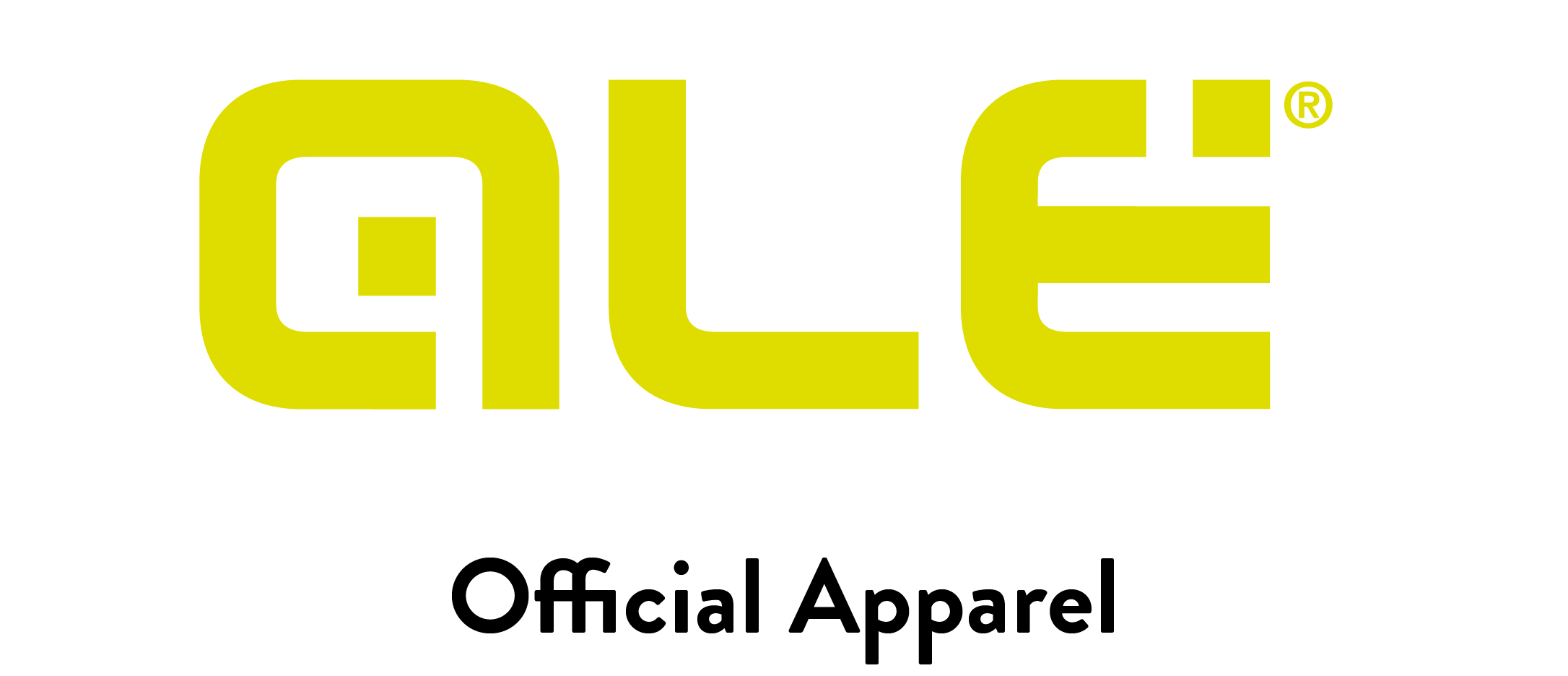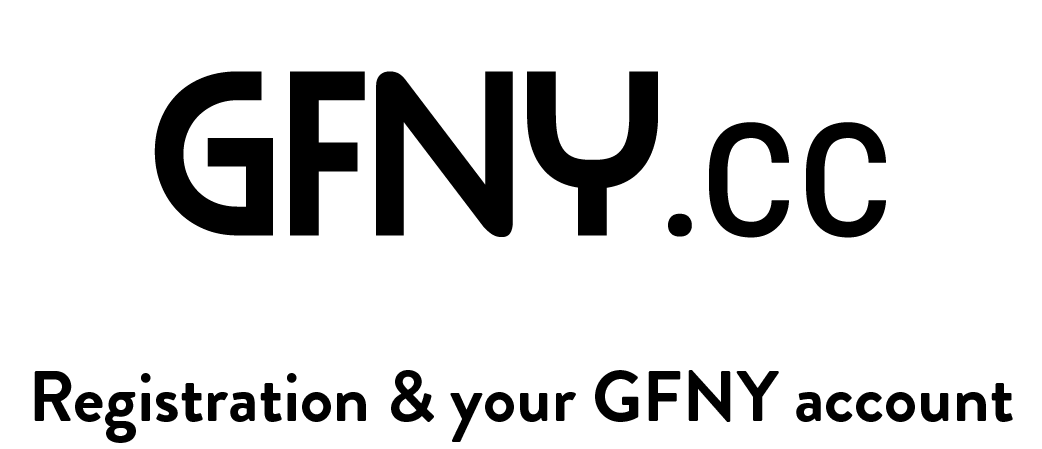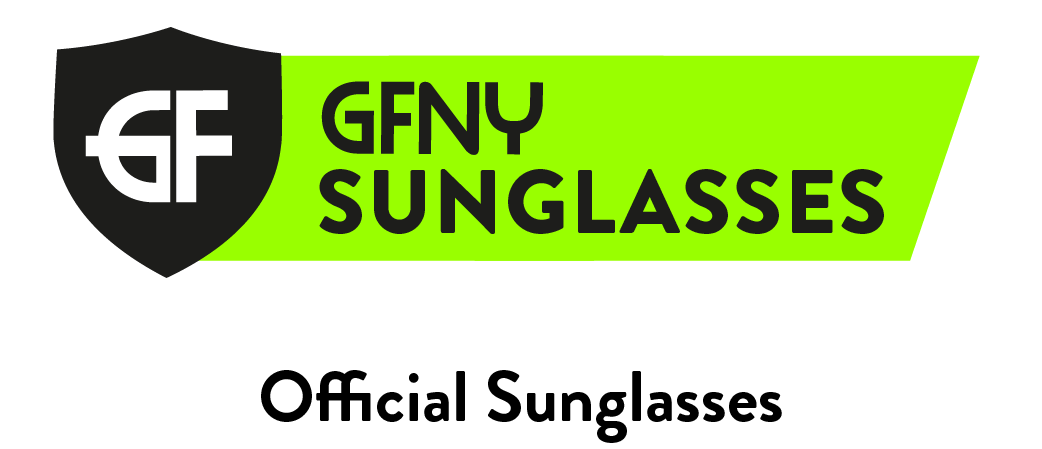Sharing the Road – A New Model for Pros and their Fans
By Chris Geiser
Change Is the Only Constant
Cycling fans are used to constant innovation: tubeless tires, disc brakes, aero helmets, electronic shifting, power meters. With every new technology, resistance follows—remember when disc brakes were seen as circular death blades? Yet these changes are now standard.
This cycle—innovation, fear, resistance, adoption—is as old as the sport. But while gear evolves rapidly, the structure of professional cycling hasn’t kept pace. The broadcast- and team-based model that once elevated the sport now holds it back, benefiting only the top tier and leaving amateur scenes fragmented and underdeveloped, especially in countries like the U.S., where cycling has struggled to build sustainable traction.
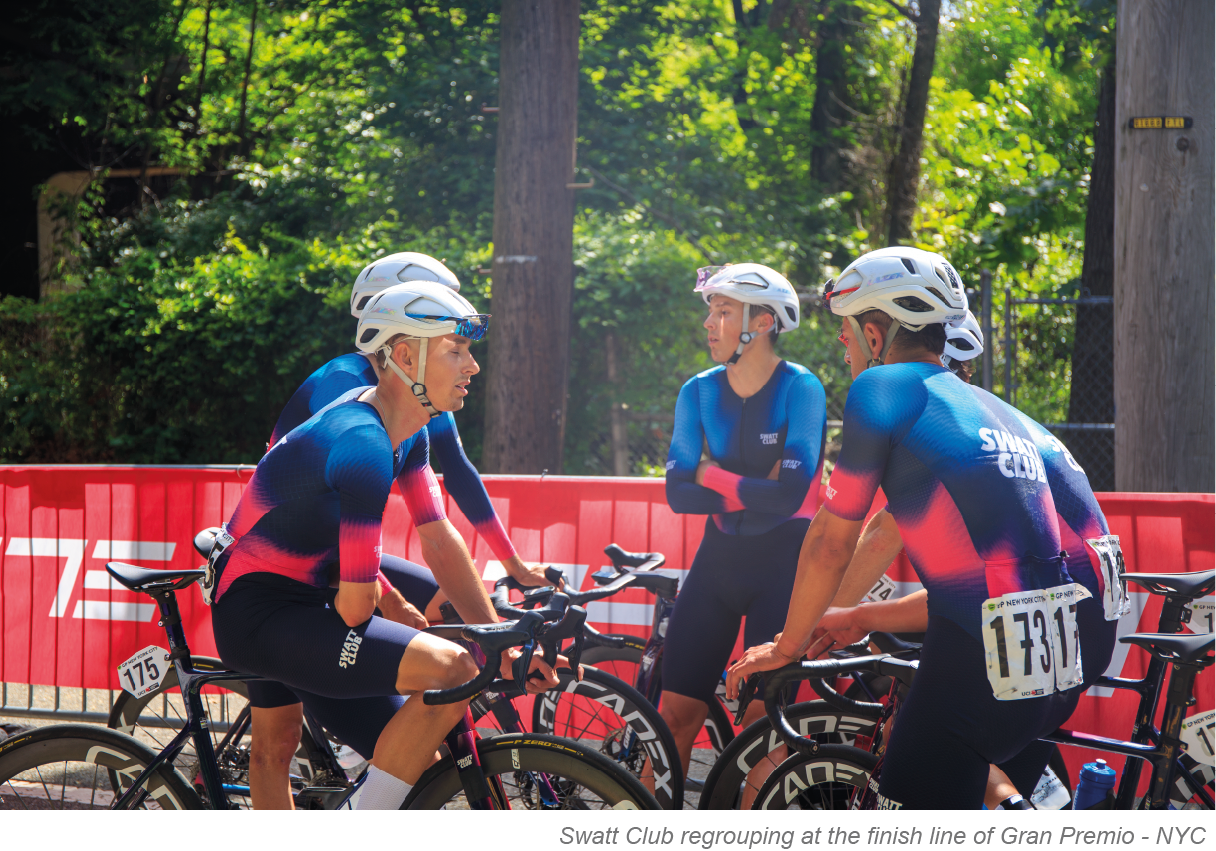
The Real Innovation Isn’t Gear
True progress now lies in rethinking the model of the sport itself. Forward-thinking groups are addressing talent development, community engagement, and fan experience—making racing participatory, not just consumable.
Swatt Club is one such pioneer, integrating pro and amateur cycling into a single experience. Inspired by GFNY’s Gran Premio NYC format, where a UCI pro field starts just ahead of a mass-start amateur race, the model delivers elite performance and personal challenge on the same stage. It’s inclusive, exhilarating, and disruptive—exactly what cycling needs.
What’s Next?
As always, change meets resistance. But the pattern is predictable: innovation → pushback → eventual adoption. This time, the innovation isn’t in carbon or ceramic—it’s in connection. And it’s already on course.
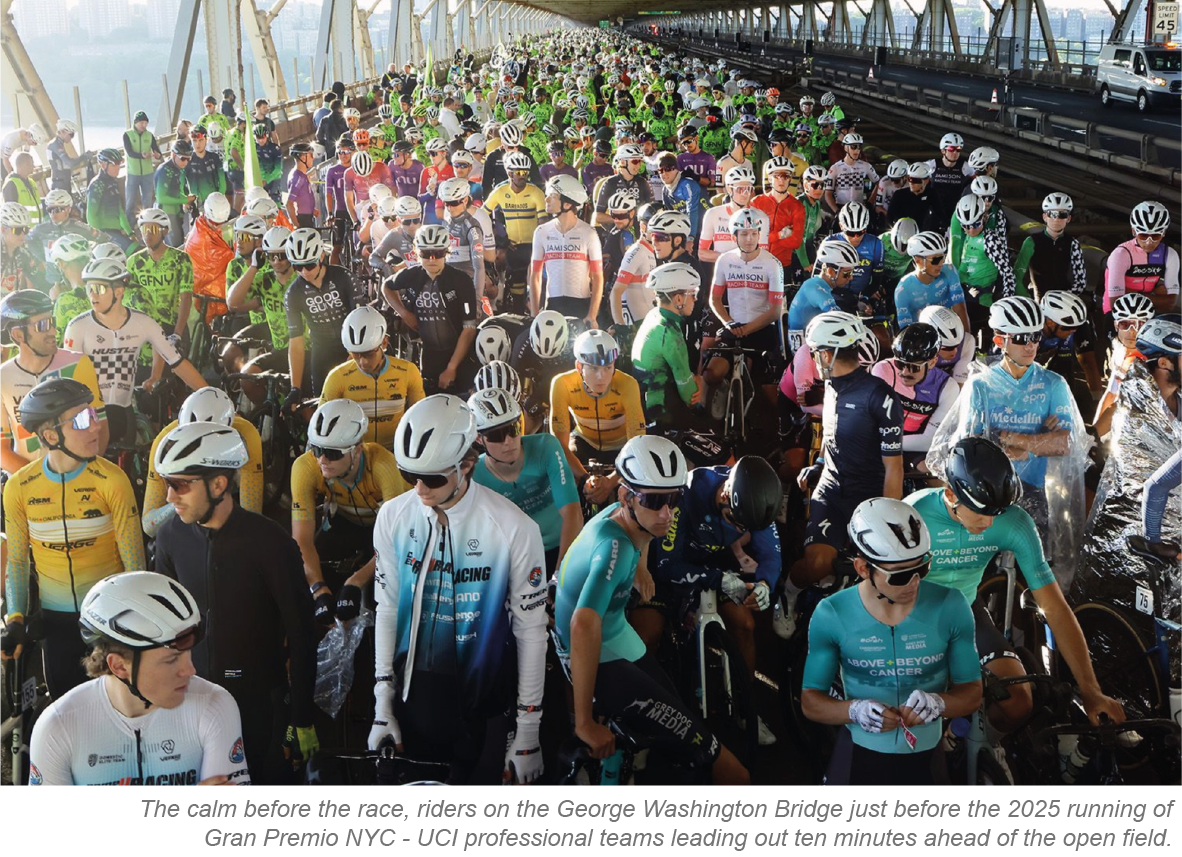
A Proven Alternative Is Emerging
Innovators like Swatt Club, following the GFNY Gran Premio NYC model, are showing what’s possible. In this format, a UCI Pro race leads out just minutes ahead of a mass-start amateur race. The result is a single-day, shared experience: world-class racing up front, community and personal challenge right behind.
- Fan engagement becomes fan participation.
- Sponsor exposure scales from niche broadcast to live, emotional, social-media-driven storytelling.
- Teams gain access to talent pipelines and new activation opportunities.
- Cities benefit from events that integrate tourism, sport, and community.

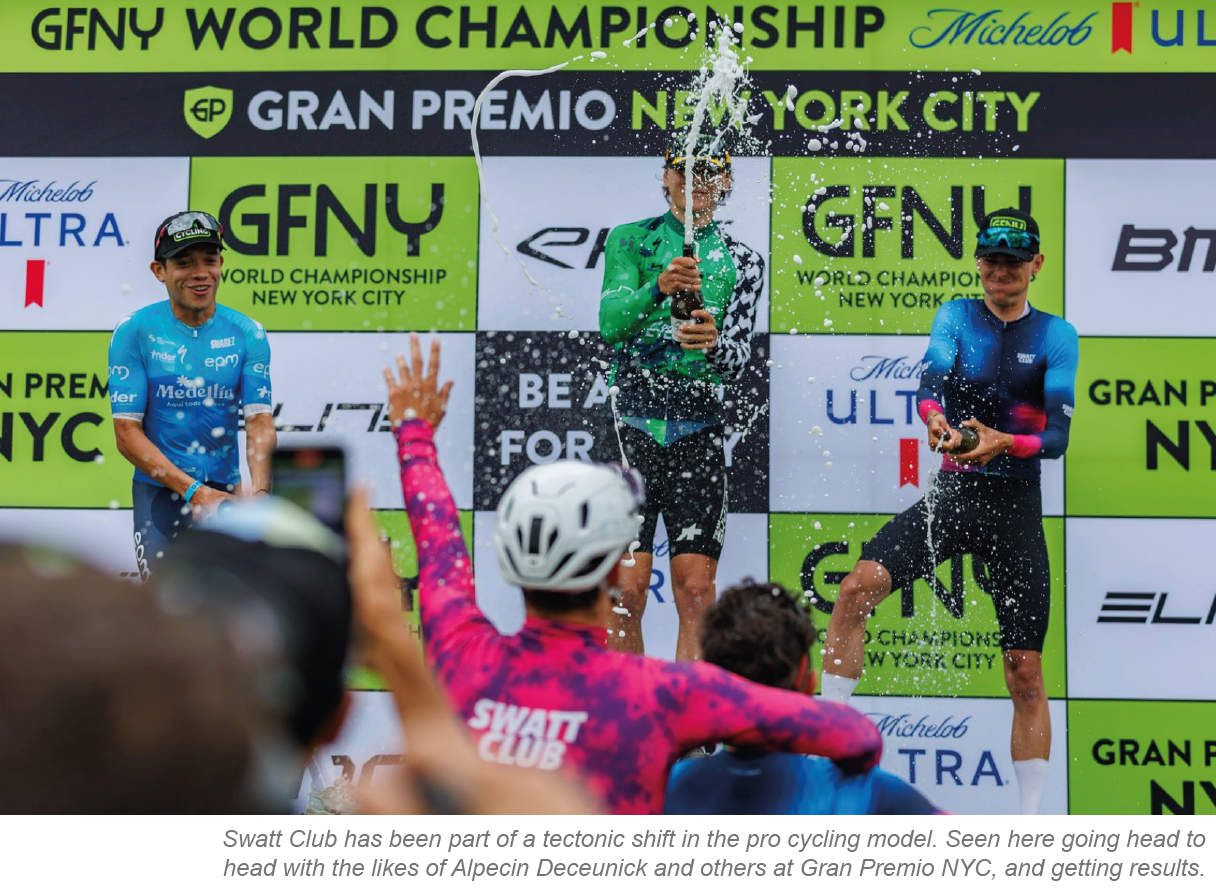
The Path Forward
Cycling’s next growth engine won’t come from incremental tech or new GC contenders. It will come from rethinking the model to be inclusive, participatory, and scalable—mirroring what works in marathons, triathlon, and mass-participation running.
The old system will resist, but the economics are clear: the current model serves only a shrinking elite. The future lies in building a bridge between pro and amateur—between racing and the people who fund, follow, and want to be part of the action.
This isn’t disruption for disruption’s sake. It’s business evolution. And it’s already underway.
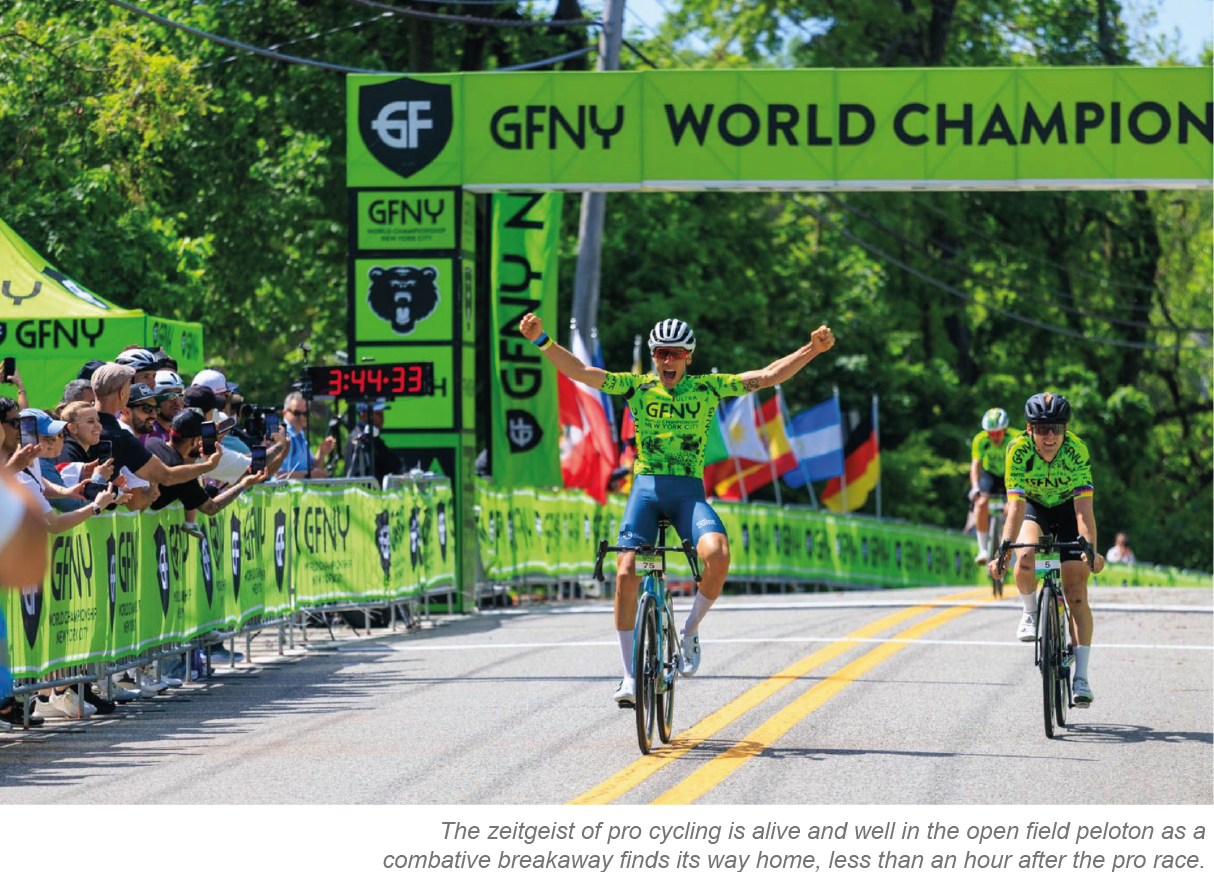
Turning Spectators into Competitors to Unite Pro Cycling with Its Fans
The formula has already been proven. Marathons and Ironman triathlons have employed it for years: everyone races the same course, from world champions to first timers, resulting in not only a deeper field but a stronger sport. When the fans become participants, legends are made at all levels of the sport, on the same roads.
There has been resistance to this model in professional cycling. Locked behind physical, institutional, and commercial barriers, pro cycling exists in a different universe from elite amateurs and its overall fan base. But those barriers are eroding and the future of the sport is depending on that erosion.
One Race, One Peloton
This proposal is focused on a unified model where professionals and amateurs race together, not only for talent development, but for direct fan engagement. The same roads. The same start line. The same clock.
This is not speculative—it’s already working. At Gran Premio New York City, held in conjunction with the global GFNY, professional and amateur riders compete on the same course, on the same day – UCI rules currently don’t allow for a mass start, so for now 10 minutes separates the two fields.
The Model:
| Pros | Fans/Amateurs |
| Racing in teams for prize money and ranking points. | Racing for personal bests, age group podiums, and a chance to say they went head-to-head with the best. |
The Transformative Impact:
- Fans become part of the race, not just the audience.
- Teams gain new visibility—not just in highlight reels, but in thousands of personal race reports, selfies, and ride files.
- Sponsors reach real athletes, not passive viewers. Their logos don’t flash by on screen—they cross the finish line on the backs of thousands of riders from 90+ countries.
Rather than diluting the sport, this model expands the reach of the sport overall by bridging the gap between pro and amateur, elite and enthusiast. 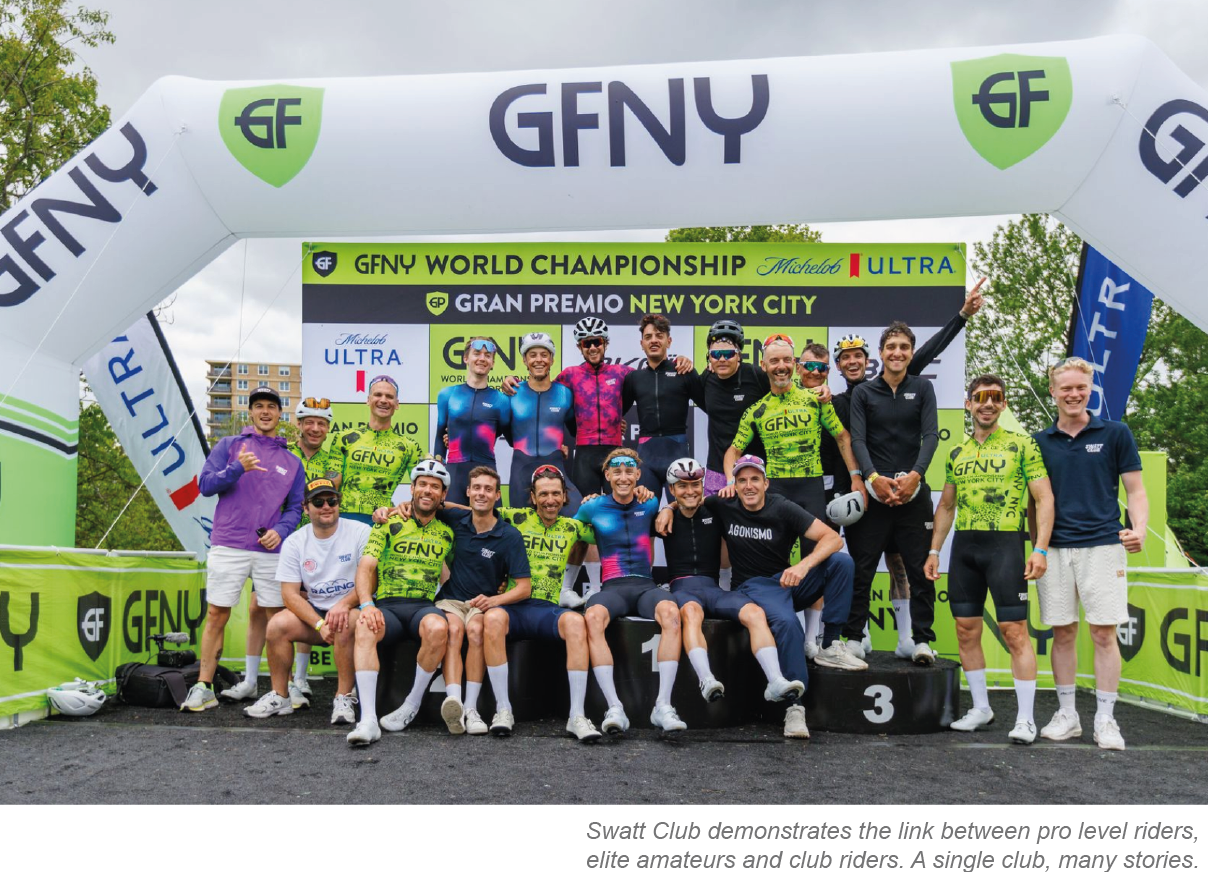
Show us the Money!
Enabling Sponsor Return on Investment: Scalable, Measurable, Relatable
Survival and growth for any sport is a symbiotic relationship with sponsors. This new model not only increases the return on investment upside for sponsors, but it enables scale and measurement in the short and long term. There are three distinct advantages for sponsors over traditional pro-only racing:
- Depth of Exposure: One jersey worn by 100 riders over 100km = 10,000+ minutes of visibility vs. 10 seconds on TV.
- Engagement at Scale: Every participant becomes a brand ambassador through their photos, GPS uploads, and social posts.
- Purchase Intent: Amateurs race what they buy. Being in the same event creates an emotional link between pro performance and consumer behavior.
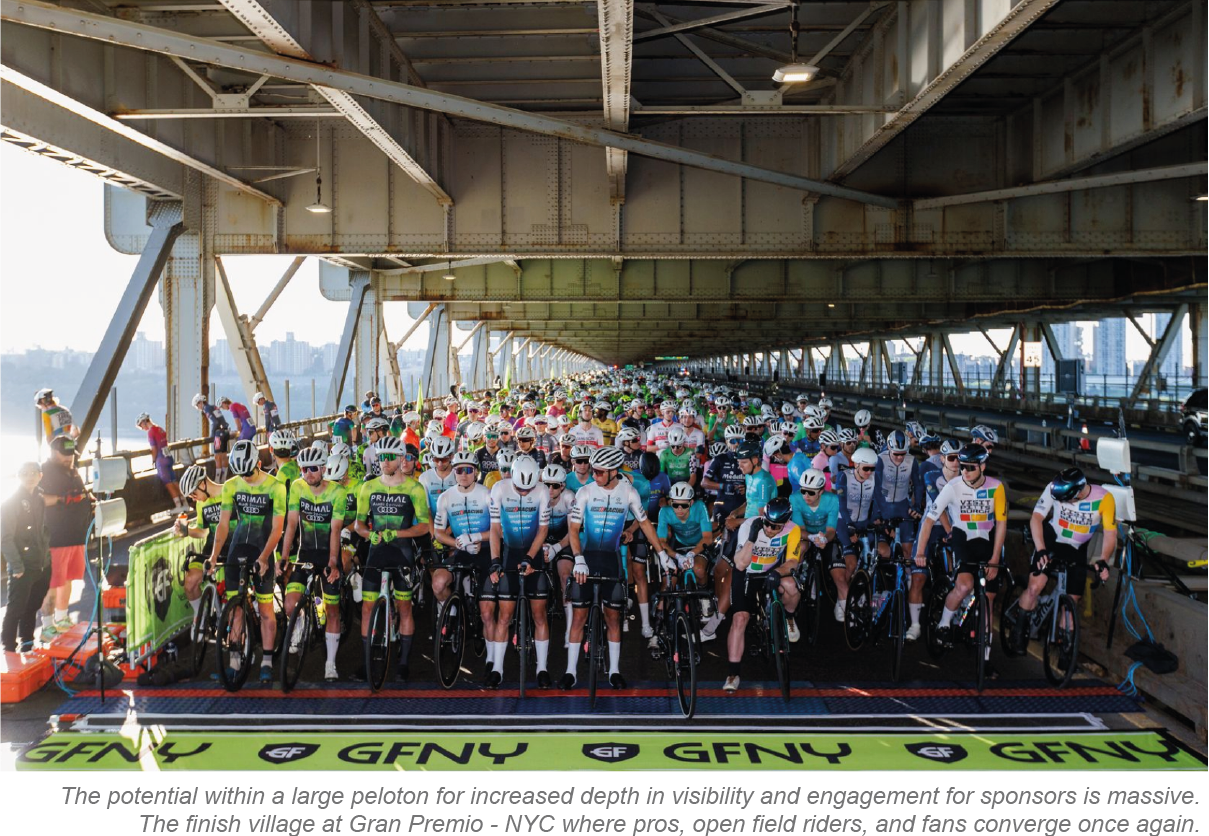

Streamlining Brand Visibility and Recruitment for Teams
The struggles of professional cycling teams to build long-term brand equity are well documented. Current models actually run counter to the elements that create brand equity. Short term sponsorships, and lack of a physical base have put long-term brand equity in the hands of individual riders. This model rethinks this issue to create new value streams for pro teams.
- Brand-building: Teams become lifestyle brands, not just race-day assets. Lifestyle brands retain equity for as long as the kits are worn, the bikes are ridden, and the gear is worn.
- Recruitment: Development riders can race shoulder-to-shoulder with the top-tier—scouting by doing.
- Fan connection: Hosting meetups, club rides, or simply being on the same course as fans creates lifelong loyalty that no social media post can replicate.
Revenue Channels that Support the UCI
While change can always be difficult to grasp at scale, the benefits for cycling’s governing body would enable funding to scale the sport in a sustainable way. With respect to governance, this model complements—not competes with—the traditional pro calendar. In fact, it solves three major UCI pain points:
- Revenue Growth Without Broadcast Dependency
- Mass participation events generate entry fee revenue, merchandise sales, tourism partnerships, and sponsorships—none of which depend on TV rights or federated licensing.
- Mass participation events generate entry fee revenue, merchandise sales, tourism partnerships, and sponsorships—none of which depend on TV rights or federated licensing.
- Global Talent Identification Without Expanding the Calendar
- Talent from non-traditional markets can race against pros without leaving their country. It’s a decentralized global scouting network—paid for by the riders.
- Federation Buy-in and Expansion
- National federations benefit too: more licensed riders, more local engagement, and easier recruitment into structured development pathways.
Rather than see amateur-pro integration as a dilution of elite racing, the UCI can position itself as the architect of a multi-tiered, scalable, revenue-positive ecosystem—one that extends the reach of the sport without expanding the pro calendar.
The Path Forward
Cycling doesn’t need more barriers. It needs more roads—shared roads. The unified race format has already proven itself at events like Gran Premio New York City, powered by GFNY’s global platform. Now it’s time to scale it—with the backing of visionary teams, forward-thinking sponsors, and a UCI ready to lead rather than protect the status quo.
This is cycling’s marathon moment. Everyone on the road. One sport. One peloton
